Located on Miyajima, an island about ten minutes by ferry from Hatsukaichi in Hiroshima prefecture, Itsukushima Shrine was designated as a world cultural heritage site in 1996 and is one of Japan’s most famous shrines. Said to have been built in 593, it has been a place of worship for over 1,400 years. Most symbolic of all is the O-torii gate that rises up from the sea. 16.6 meters tall, it is built from natural kusunoki timber. The contrast of the vermilion of the torii gate and the blue of the ocean is indescribably beautiful.
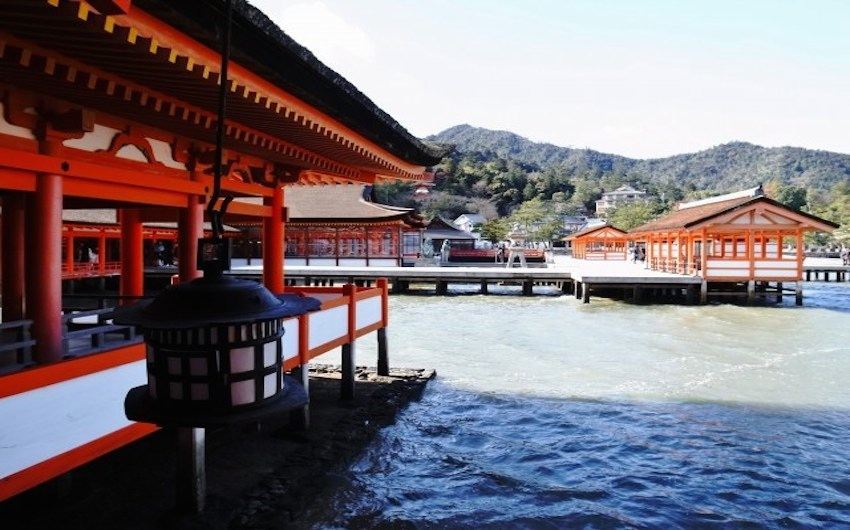
Shrine and Gate on the Ocean
The O-torii gate is not the only thing standing atop the ocean. The main building of Itsukushima Shrine itself also stands above the sea, and at high-tide, sea water enters the bottom of the building like this.
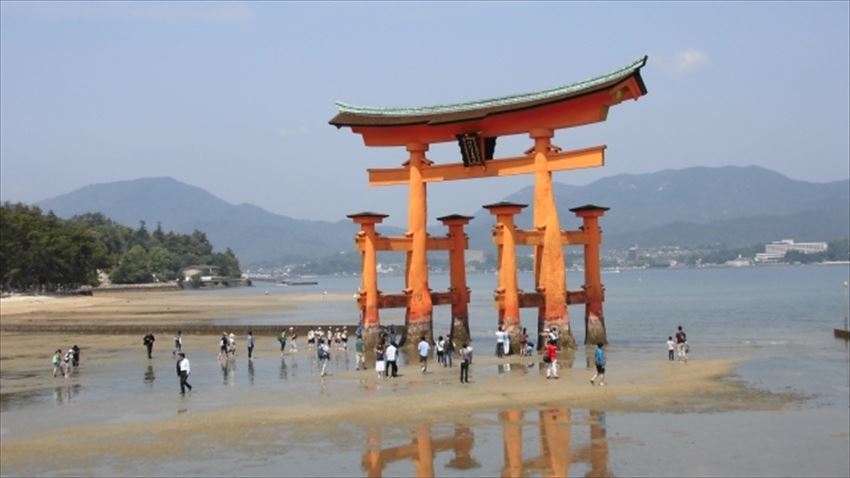
Get to the Gate
When the tide goes out, the base of the gate can be seen, and it’s possible to walk right up to it. It’s around 200 meters away from land, so if the tide’s out, try walking across!
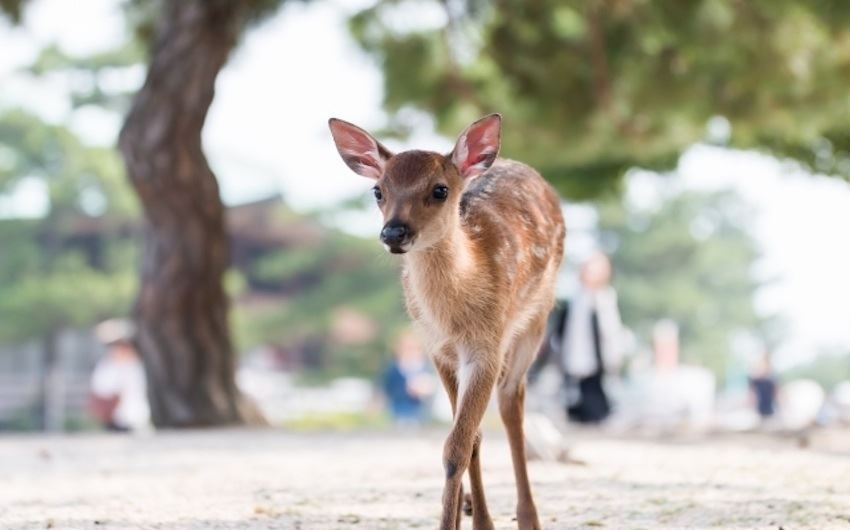
Meeting With Cute Deers
Miyajima is also famous for the wild deer that inhabit the island. Touching or feeding them is banned, but just watching the adorable deer is fun enough. It’s fine to take photos, too.
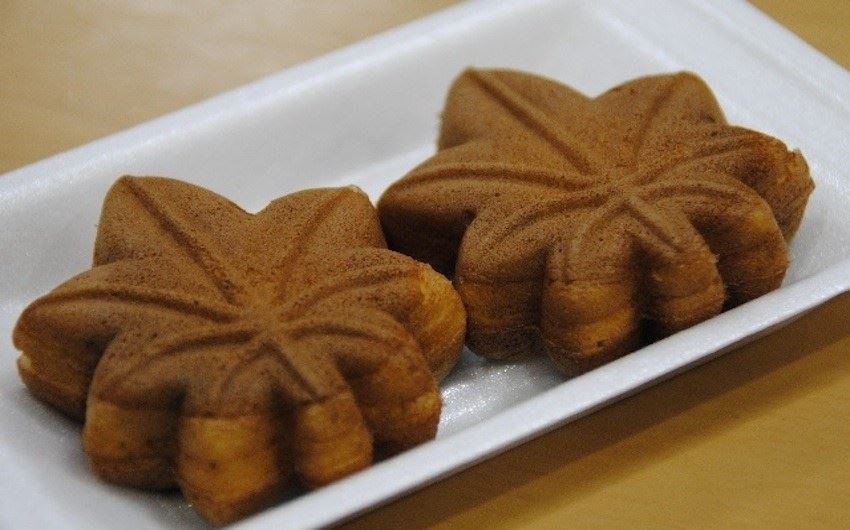
Don’t Forget Sweet Stuff
Miyajima is also renowned for its beautiful maple trees (momiji.) In spring and summer, the greenery is beautiful, and from mid to late November the leaves turn bright red. Momijidani Park is a particularly famous spot for maple trees, and Momiji Manju, traditional Japanese sweets modeled after the park’s maple leaves, are famous across Japan. Made from soft dough with an anko (red bean paste) filling, they’re absolutely delicious. Here in Miyajima, Momiji maple leaves are also eaten fried with oil, which make great snacks when you’re out and about.
At Itsukushima Shrine in Miyajima, you can see scenery created by both nature and man. I really hope you get a chance to visit what is considered one of Japan’s three great views.
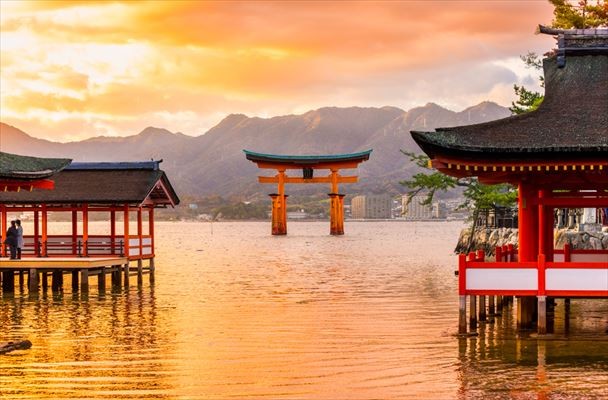
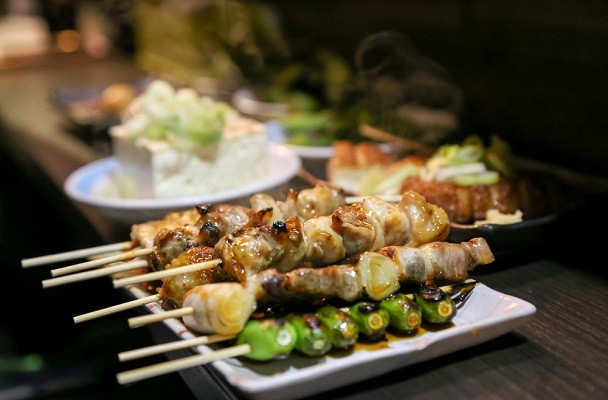

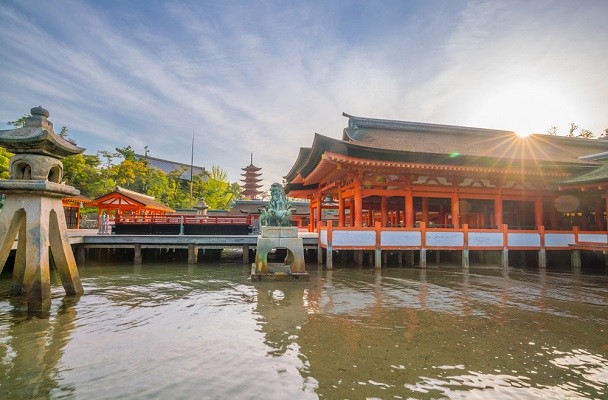
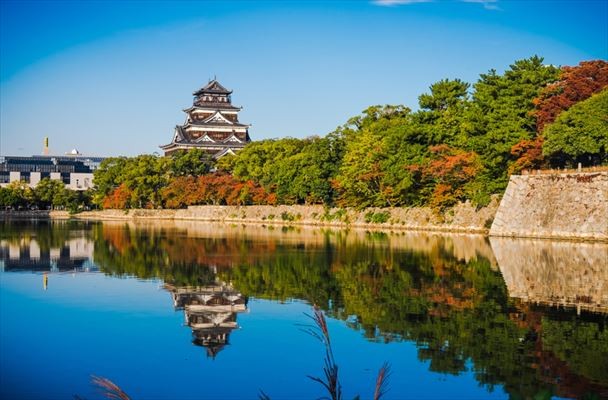

Comments